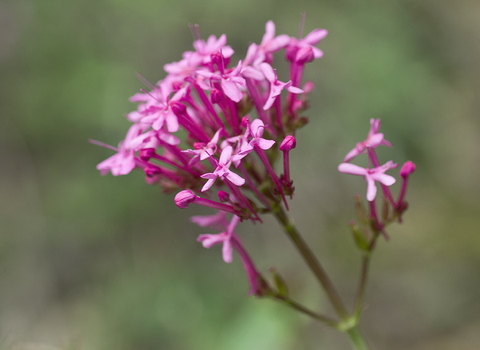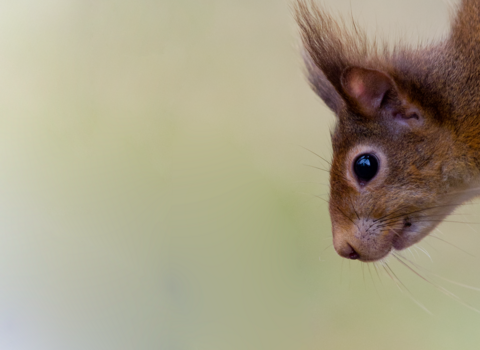
Red valerian - ©northeastwildlife.co.uk
Red valerian
Red valerian was introduced in the 1600s from Europe, but is now naturalised in the UK. Its pinky-red flowers grow from old walls, roadside verges, railway cuttings and cliffs, and provide nectar for insects.
Scientific name
Centranthus ruberWhen to see
May to OctoberSpecies information
Category
Statistics
Height: up to 75cmIntroduced, but naturalised species.

